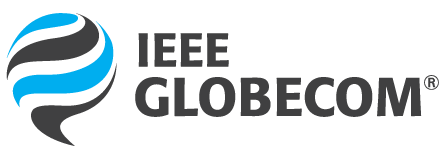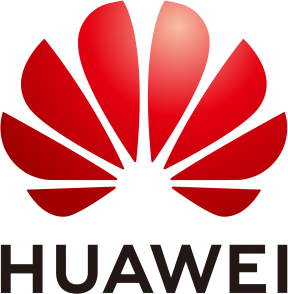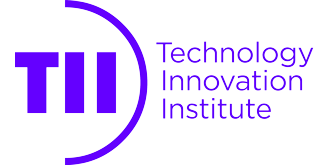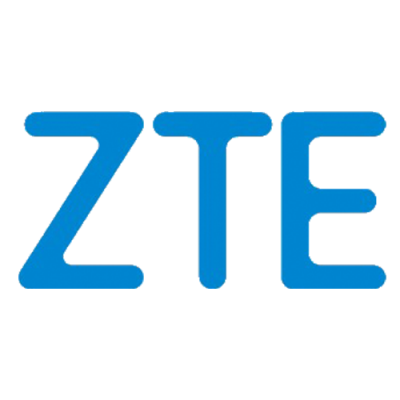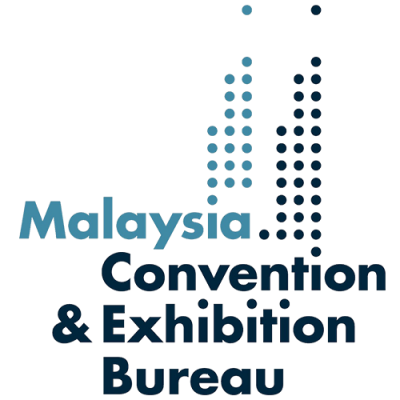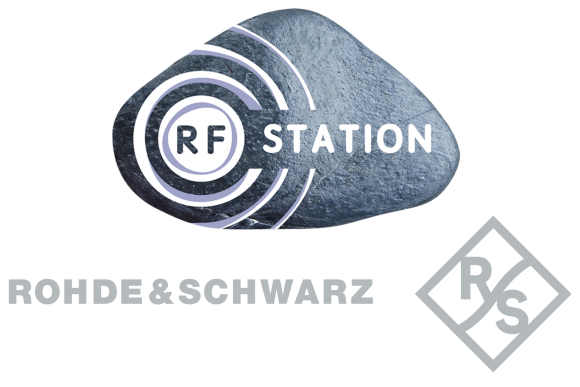SCOPE AND TOPICS OF THE WORKSHOP
As one of the key technologies in the Sixth Generation (6G) mobile communications, Space-Aerial-Terrestrial Integrated Networks (SATIN) are envisioned as a fundamental enabler for providing global coverage to a wide range of applications requiring high availability and high resilience, which tends to be widely used in education, emergency relief, and military, especially in the vast ocean, villages, and deserts. However, exploring communication behaviors due to the openness of wireless links may cause severe damage, such as the leakage of sensitive data and the discovery of cyber-espionage groups. Hence it is crucial to safeguard the information security of SATIN.
However, facing the high altitude/mobility, limited power storage, and the mission-related payloads of aerial platforms, the information security of SATIN suffers from serious challenges, which erodes the performance of consequently conventional security enhancement approaches. It is essential to develop advanced signal processing and Artificial Intelligence (AI) techniques in support of SATIN. Nowadays, AI has been applied in many technics of information protection, which has achieved higher reliability and stronger security in SATIN. Once AI technology becomes more scalable, secure, and intelligent in the future, it will spark more blue-sky thinking and innovative ideas that can improve the future of SATIN to another level with a strong security guarantee. Thereby, the goal of this full-day workshop is to bring together researchers and experts from academia, industry, and governmental agencies to discuss and promote the research and development needed to overcome the major challenges that pertain to this cutting-edge research direction. The scope of this workshop includes but is not limited to the following topics.
- Novel visions, concepts, and theories of information security in SATIN
- Promising models, protocols, and architectures for secure communications in SATIN
- Detection, estimation, and measurement of secure channels in SATIN
- Security in SATIN assisted by reconfigurable smart surfaces
- Secure communications in IoRT based on SATIN
- Massive secure access in SATIN
- Cooperation and relaying enabled secure communications in SATIN
- Deep/reinforcement learning enabled secure communications in SATIN
- Secure and intelligent blockchain-aided secure communications in SATIN
- Quantum secure communication architectures and design principles in SATIN
The workshop will feature two keynote speeches given by world-leading researchers in the field. The workshop accepts only original and previously unpublished papers. All submissions must be formatted in standard IEEE camera-ready format (double-column, 10pt font). The maximum number of printed pages is six including figures without incurring additional page charges (6 pages plus 1 additional page allowed with a charge for the one additional page of USD 100 if accepted). More details could be found at https://linc0ld.gitee.io/2023conference2/
COMMITTEES
Steering Committee:
- Lajos Hanzo, University of Southampton, UK
- Mohamed-Slim Alouini, King Abdullah University of Science and Technology, Kingdom of Saudi Arabia
- Jianping An, Beijing Institute of Technology, China
- Dusit Niyato, Nanyang Technological University, Singapore
- Halim Yanikomeroglu, Carleton University, Canada
Organizing Chairs:
- Ping Wang, York University, Canada
- Yunfei Chen, University of Durham, UK
- Xiaqing Miao, Beijing Institute of Technology, China
- Gaofeng Pan, Beijing Institute of Technology, China
TPC Chairs:
- Marco Di Renzo, Paris-Saclay University, France
- Zhiguo Ding, University of Manchester, UK
- Chengwen Xing, Beijing Institute of Technology, China
- Jiawen Kang, Guangdong University of Technology, China
Keynote Speaker:
- Shuai Wang, Beijing Institute of Technology, China
IMPORTANT DATES
Workshop Paper Submission Deadline: 12 Aug 2023
Paper Acceptance Notification: 1 September 2023
Camera Ready: 1 October 2023
Accepted Author Registration Deadline: 1 October 2023
The submission link: https://edas.info/newPaper.php?c=31222
